Chote Kaan & The Leopards Of Rajasthan
How Have Rajasthani Leopards Lived Close to Man For So Long?
LEOPARDS
Aniruddha Bhattacharya
12/1/20244 min read
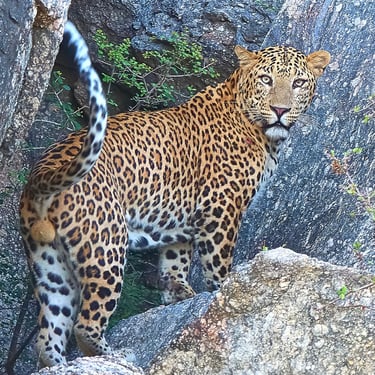
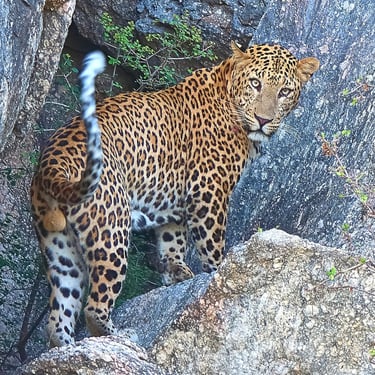
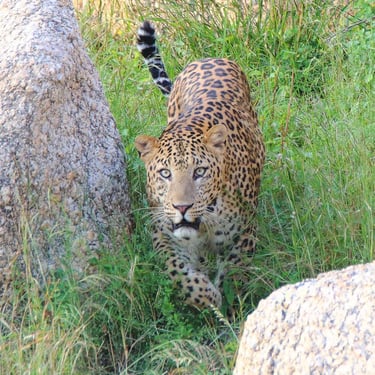
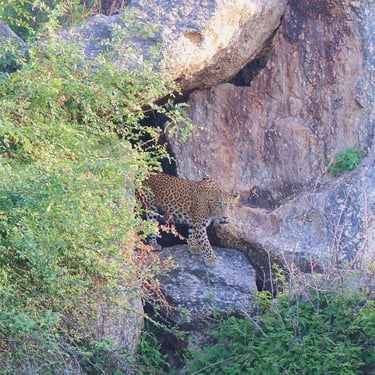
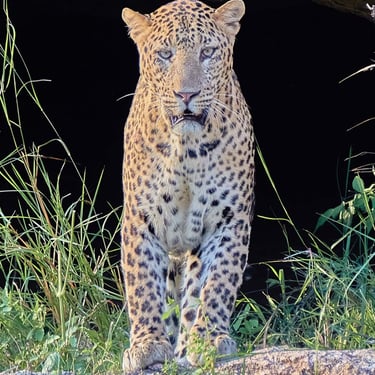
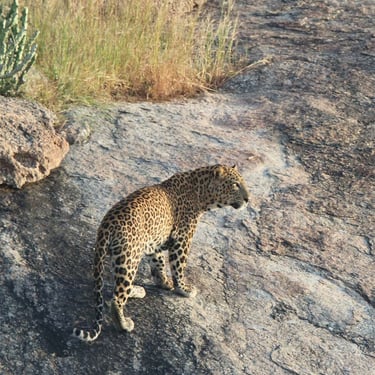
Jawai, Rajasthan
Long before I first went to Jawai, I started finding articles in The Times of India, BBC, etc that spoke of this place where Humans and Leopards have coexisted peacefully for ages. Those articles peaked my interest but not one of them went into, “But How & Why?
Jawai in Rajasthan was brought to the limelight for its Leopards primarily because a particular organization decided to set up a camp there and establish the most luxurious wild life experience guests can be provided in the country. Sujan Jawai was set up in Bisalpur and it covers a lot of area that has Leopards within its own private land. Jawai has been marketed heavily by many since then as a place where Humans and Leopards have peacefully coexisted for centuries. However, just Bisalpur or the Jawai Dam area is not the extent of the Leopard population’s range in Rajasthan by a long shot. The dam provides a beautiful setting for us tourists but The Leopard’s range extends much beyond it and in fact, Rajasthan is probably one of the few places in the world where we see the prevalence of the Urban Leopard in numerous urban centers across the state along with their presence in rural areas and also in uninhabited areas.
Leopards are the apex predator East of Jawai up till Kumbalgarh and the Aravali Range at least. Thats 150 Kms East via the highway. Udaipur, the closest airport to Jawai has a close to 100 Leopards living in proximity to the city according to the forest department. That’s another 100 or so kms south of the Aravali range via the highway. Now going west of Jawai, Leopards range freely up till the town of Barmer at least, which is 200 Kms West of Jawai via Highway, after which we run into the Thar Desert past Jaiselmer. The capital city of Rajasthan, Jaipur is around 400 kms from Jawai via the highway and it has Jhalana, a leopard reserve WITHIN the city limits where I caught Rana, the current Alpha there striking a pose at a watering hole. My point here is that the whole state has leopards living wild and free. Uncounted, unnamed, untracked and as should be. Incidences of conflict are few and far between (like the one that we saw a couple of months ago) given the number of cats and people involved in the whole mix.
Coming back to Bisalpur and Sujan. After Sujan set up, they brought in Adam Bannister who had worked with big cats around the world. He observed over 2 years that the Jawai Leopards grow fast and die young in comparison to their African counterparts. They don’t get past 10 years or thereabouts. African Leopards live upto 15 years or more. The African Leopards are much bigger and I can vouch for that myself. The Rajasthan Leopard isn’t much bigger than an African Cheetah which is much smaller than the leopard found there. Man eating as observed around the world, is primarily brought on in old, weak yet experienced big cats. Adam‘s observation is the final piece to my gutthi (puzzle) of low conflict rates between the Leopards of Rajasthan and Humans given the sheer numbers involved. One, the Rajasthani Leopard is smaller and lighter. It’s a bigger risk for it to hunt Humans. Two, it sees Humans all the time and is trained to always run by its parents and genetics and three, it does not live long enough to have the confidence and maturity to plot out how to hunt the Master Race. Adam’s work is available all over online and I highly recommend it by the way. What an amazing career !
Of all of the Leopards of Rajasthan, the one guy I've spent most time watching would be this one. He didn’t have a name when I met him first in 2022. You’d never meet an unnamed big cat anywhere else by the way. I saw him again last month and learnt that they’ve decided to call him Chote Kaan. No prizes for guessing why. Guy has small ears. None of the other two males I saw during the trip have been named yet. Chote was layered up with a female the previous time I saw him and we had an amazing time, off roading on the granite chasing them around for 2 days straight. He’s given me serious attitude (Pics : 1 & 2), obvious surprise on finding us where we were (Pics 3, 4 & 5), acknowledgement (Pics 9, 10,11 & 12) and has ignored me and gone about his business (Pics 7 & 8). I wish I'd seen him in better light this time around as he was coming down a hill. He’s a timid guy. But then I’d probably say the same for the other two males I saw with with Tara and Fanella. They’re all virile young males though and given the territory and large numbers of females around, they haven’t really needed to get into conflict yet it seems.
So here’s my take on the Rajasthani Leopard. Most importantly, the range is huge and being dry, it isn’t being taken over by Humans yet. They’re living free and they have the area to spread and not fight over territory among themselves making them pretty chilled out about their short lives. Being from this area, they’ve probably always had limited prey and are genetically suited to this by now. It also helps that semi rural and urban life suits the leopard pretty well. I doubt tigers would have been as successful in these desert lands.
As I’d noted in “Tara & The Rock Climbers of Jawai”, I love it here. It’s because it’s unchartered territory in every way. These guys are everywhere and never seen. The Forest Department might try and get into Jawai but that would be a namesake. The range itself is too expansive for the department ever to take on fully. It helps immensely that this part of India isn’t as populated by humans like the rest of the country. Add to that the subject is smart enough to usually be a ghost and avoid conflict altogether. It is a pleasure to be witness to the story of the Leopards of Rajasthan as they go about their business of showing us why the Leopard is the most successful big cat in history.
It’s not easy to keep track of a Ghost. That’s why.
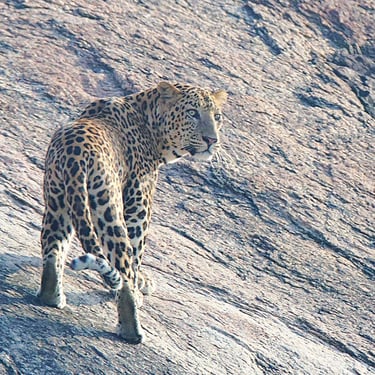
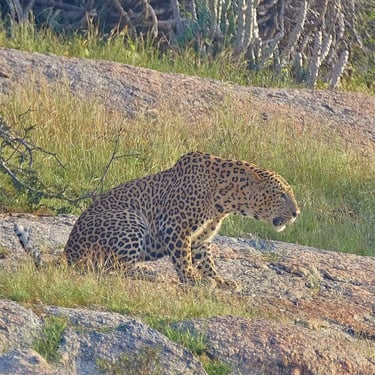
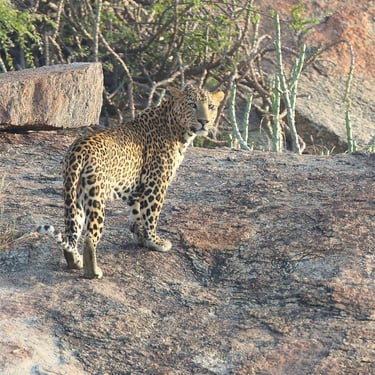
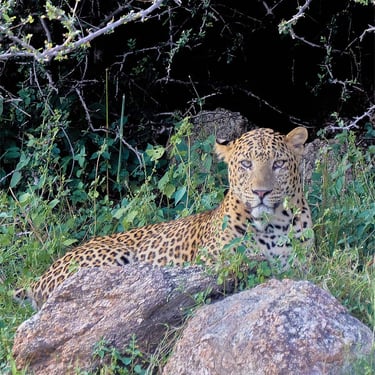
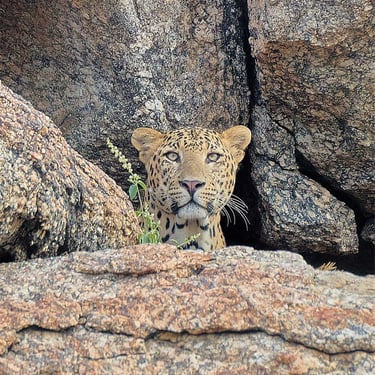
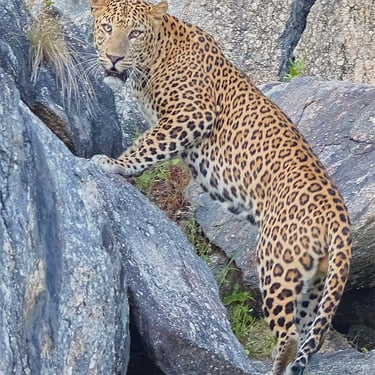
© 2025. All rights reserved.
